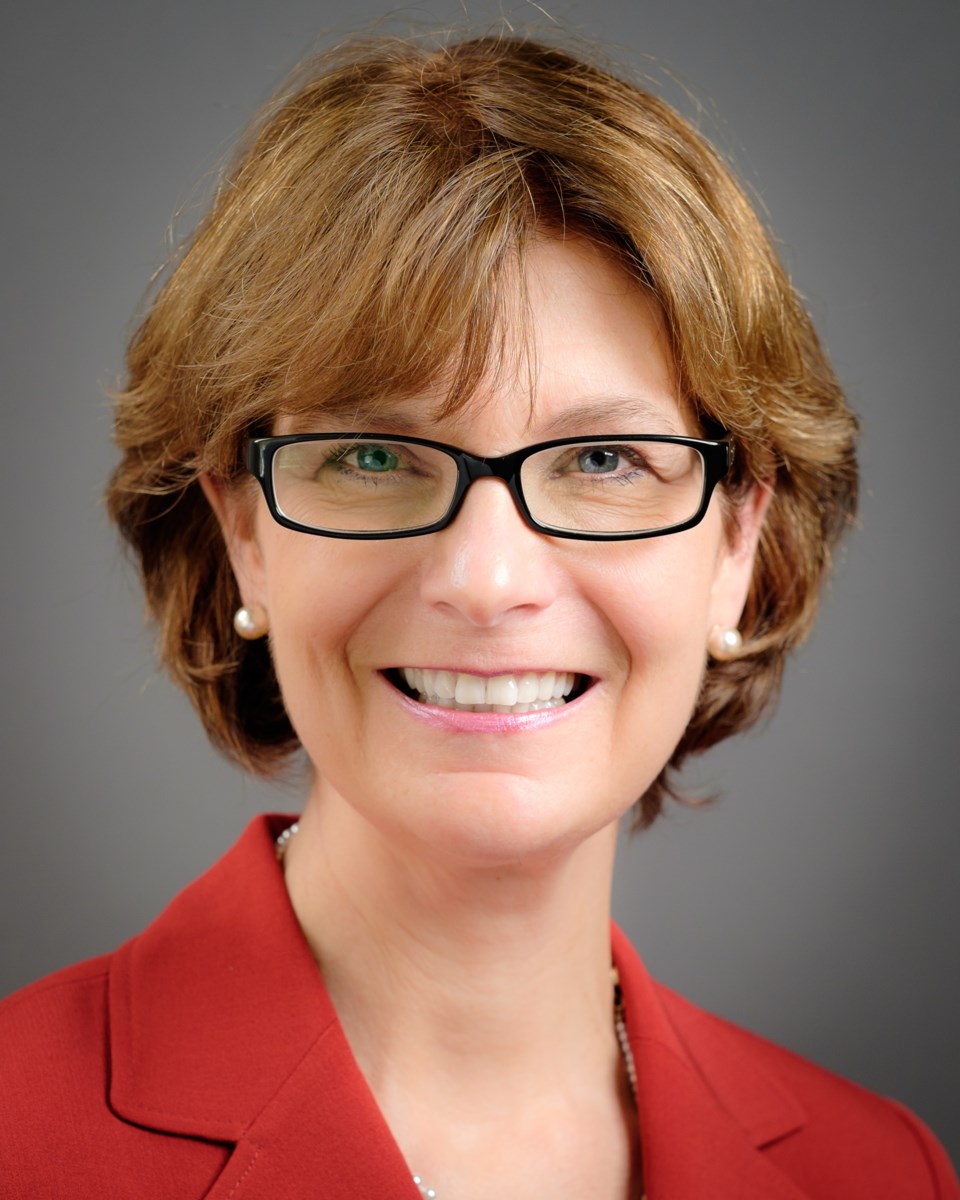A recent report by the Office of the B.C. Seniors Advocate has found that across the province 24 per cent of residents living in care facilities were diagnosed with depression and 48 per cent of were prescribed antidepressant medication.
That’s just one finding included in the updated version of the B.C. Residential Care Facilities Quick Facts Directory, which provides key information for 293 publicly funded, licensed care facilities across the province, representing 27,142 publicly subsidized beds. The directory was first published in 2016. A summary document highlights key trends in residential care based on the past three years of data.
“The directory is designed to be a useful resource for seniors, their caregivers and the public when making decisions about what care home may best suit an individual’s needs,” said Seniors Advocate Isobel Mackenzie. “We have also discovered information in the directory can provide us with a useful tool to look at systemic issues.”

The directory provides information relating to a number of areas, including bed/room configuration, food services, inspection information and care services, as well as information about the health characteristics of residents in B.C. facilities. It also provides quality of care indicators as reported by the Canadian Institute of Health Information, including data about residents’ access to therapies, level of social engagement, use of antipsychotic and antidepressant medications and use of physical restraints. This year’s directory also includes facility-level results from the Office of the Seniors Advocate’s recent survey of people living in residential care and their family members.
“There is arguably no better measure of gauging the quality of care of a facility than talking to the people who live there,” said Mackenzie. “This year’s directory provides an opportunity to hear the voices of those who experience, on a daily basis, what it’s like to live in licensed care homes, and that’s very important information to share.”
Mackenzie noted survey questions focused on a range of areas from observations about food and staff responsiveness to social engagement and physician care.
Highlights of the directory include:
- Only 15 per cent of facilities met the provincial guideline of 3.36 hours of direct care per resident, per day in 2016/17. This is an improvement over the previous year, when only nine per cent were meeting the guideline. Four percent of contracted facilities — compared to 33 per cent of health authority owned and operated facilities — were funded to meet or exceed the guideline.
- Overall, 73 per cent of residents reside in single-occupancy rooms, 87 per cent of rooms in residential care are single-occupancy, nine per cent are double-occupancy and four per cent are multi-bed rooms.
- There are some differences between facilities based on ownership type. Health authority owned and operated facilities, on average, have higher funded direct care hours, higher rates of therapy, fewer single-occupancy rooms, more complex and physically-dependent residents and fewer reportable incidents and substantiated complaints compared to contracted facilities.
- On average, almost half of all residents had a low sense of social engagement, (0-2 on the seven-point Index of Social Engagement measurement tool).
- In 2016/17, there were 4,629 incidents reported to licensing officers in B.C. This is slightly higher than in 2015/16 (4,579). However, the rate of reportable incidents decreased from 17.5 incidents per 100 beds in 2015/16 to 17.4 incidents per 100 beds in 2016/17. Overall, the rate of reportable incidents was 24 per cent higher in contracted facilities than in health authority owned and operated facilities.
- Between 2015/16 and 2016/17, substantiated complaints fell by 13 per cent from 207 to 181. In 2016/17, there were 1.6 substantiated complaints per 1,000 beds involving health authority owned and operated facilities and 8.9 per 1,000 beds in contracted facilities. The “conversion rate” of complaints to substantiated complaints was 54 per cent higher in contracted compared to health authority owned and operated facilities.
- In 2016/17, 25 per cent of residents were prescribed antipsychotic medications without a diagnosis of psychosis, which is a seven per cent decrease from the previous year.
- Between October 2016 and September 2017, eight per cent of residents had daily physical restraints — an 11 per cent decrease from the previous year.
- Data on the average funded food costs per resident, per day were collected for the first time in 2016/17. The average funded food cost in B.C. in 2016/17 was $8 per resident, per day. However, there was significant variation among facilities ranging from an overall low of $4.92 to a high of $18.44 per resident per day. Overall, 24 per cent of facilities contract out food services, and 91 per cent of facilities have food prepared on site.
For more information on the directory, visit seniorsadvocatebc.ca.
@sthomas10



